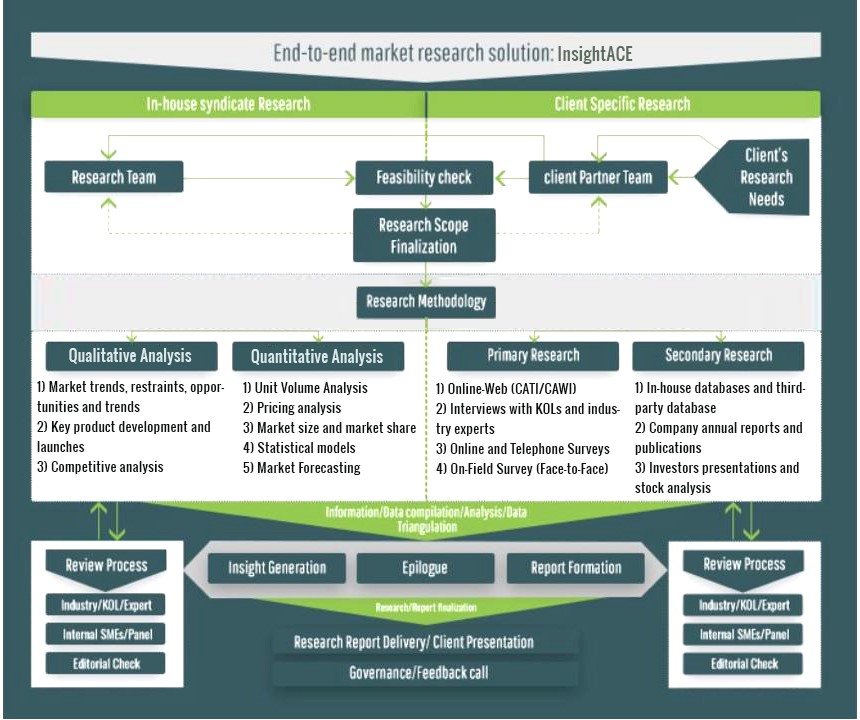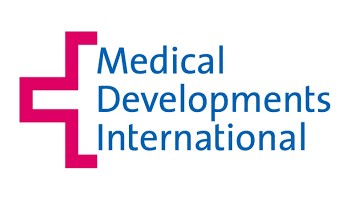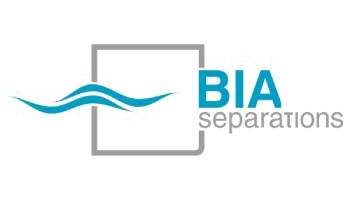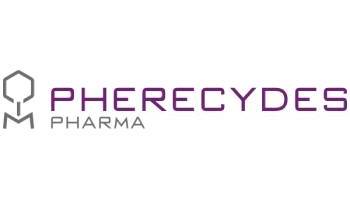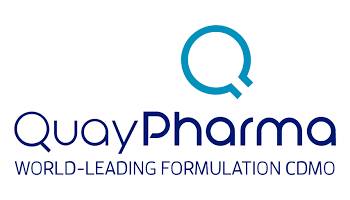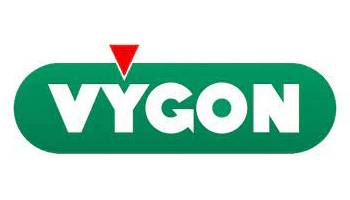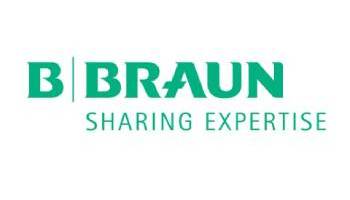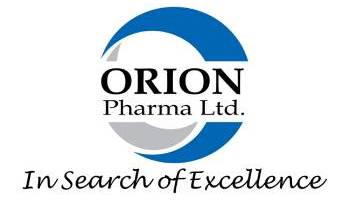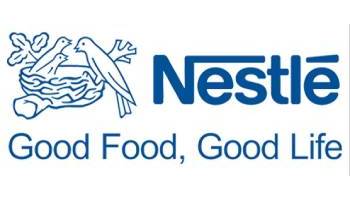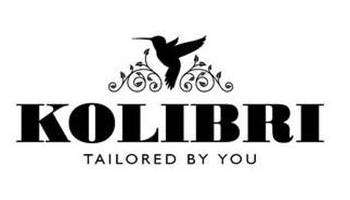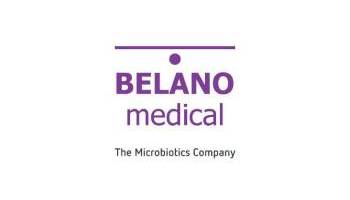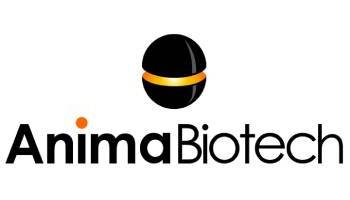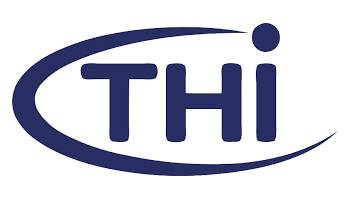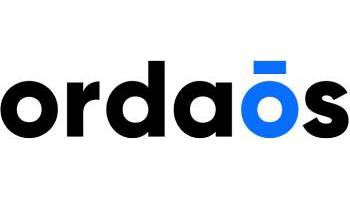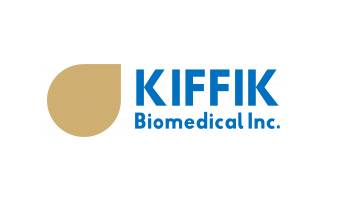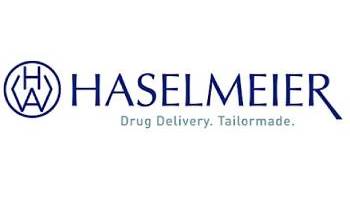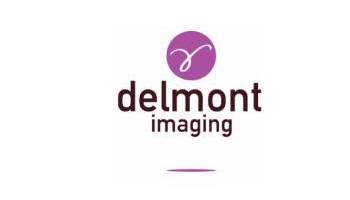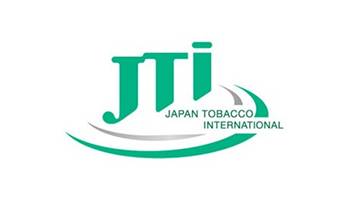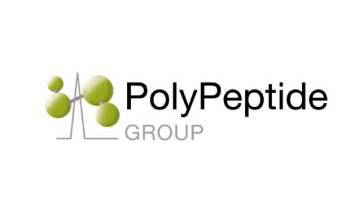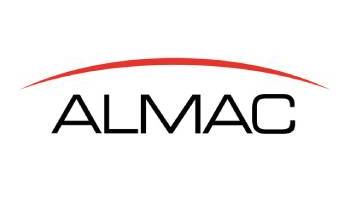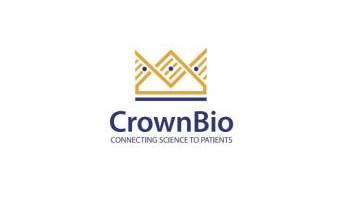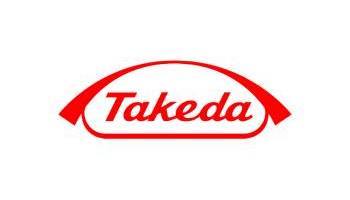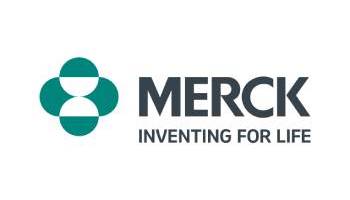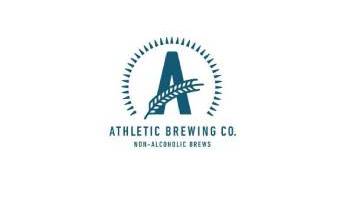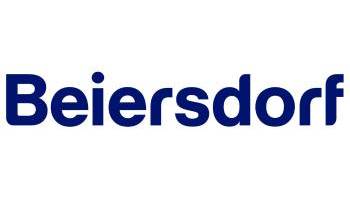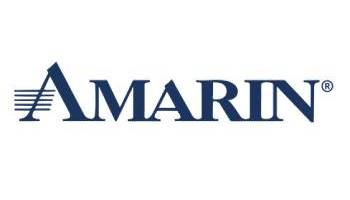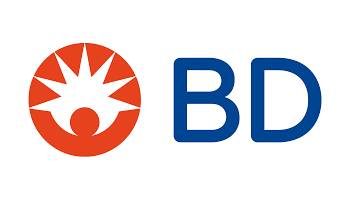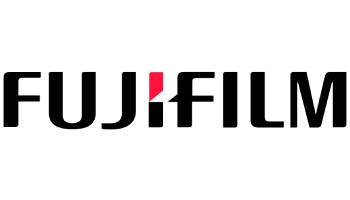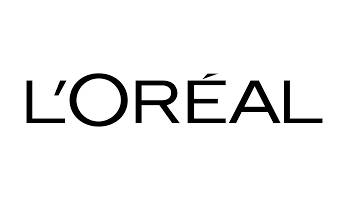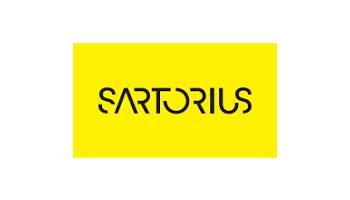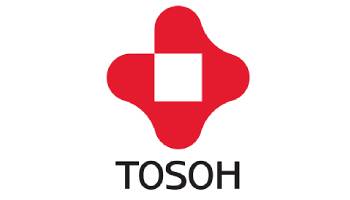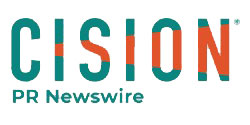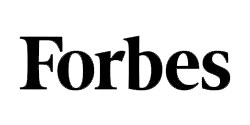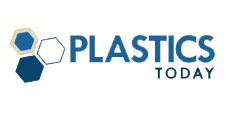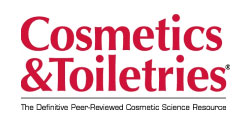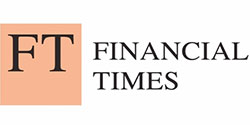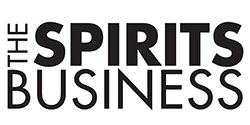The PARP Inhibitors Market Size is valued at USD 3,425.2 Million in 2023 and is predicted to reach USD 10,317.3 Million by the year 2031 at a 15.12% CAGR during the forecast period for 2024-2031.
Poly ADP-ribose polymerase or PARP inhibitor is a constituent that blocks the PARP enzyme in the cell. During cancer, DNA damage occurs. Inhibiting or blocking PARP helps the tumor cells in restoring their damaged part of DNA. Various forms of cancer are more reliant on PARP than regular cells, building PARP an attractive target for cancer treatment. PARP inhibitors seem to enhance progression-free endurance in women with recurring platinum-sensitive ovarian cancer, as shown mainly by olaparib added to conventional treatment. the growing prevalence of cancer and rising demand for effective treatment solutions are expected to boost the growth of the market substantially over the forecast period.
According to CDC estimations in 2024 about 25.4 million cases of cancer are estimated to register in the U.S. only. The growing prevalence of cancer is increasing demand for advanced treatment in the coming years. Moreover, the growing death owing to cancer, and the rising number of new cases are expected to boost the growth of market PARP inhibitors significantly.
Currently, the PARP inhibitors are approved for only a few indications including, ovarian cancer, breast cancer, prostate, and pancreatic cancer. However, various drugs are under development stages for a different indication. The presence of numerous drugs under different stages of is expected to generate immense opportunity for the PARP inhibitors market growth over the forecast period.
The growing strategic collaborations among the key players operating in the market to boost their pipeline product growth is expected to propel the market growth significantly. For instance, in January 2019, GlaxoSmithKline has acquired TESARO to expand its ovarian cancer portfolio. The acquisition allows GSK to marketing rights for Zejula (niraparib), an oral PARP inhibitor for the ovarian cancer treatment. However, the high cost of PARP inhibitors owing to the high cost of research and development activities may affect the growth of the market.
Market Segmentation
The Global PARP Inhibitors Market is segmented on the basis of product, application, and region. Based on the product, the market is segmented into Olaparib (Lynparza), Niraparib (Zejula), Talazoparib (Talzenna), Rucaparib (Rubraca), Veliparib, and Other Pipeline Drugs. In 2019, Olaparib (Lynparza) accounted for the largest share in the global PARP inhibitors market owing to its approval in major countries. Based on the application, the market is segmented into, breast cancer, ovarian cancer, and prostate and pancreatic cancer. Based on the region, the market is studied across North America, Asia-Pacific, Europe, Latin America, and Middle East & Africa. Among them, North America, and Europe are estimated to account for the high share in the PARP inhibitors market globally. The increasing prevalence of sloid tumors in the regions and the presence of approved PARP inhibitors are contributing significantly to the growth of the market. Additionally, the presence of a large number of biopharmaceutical companies operating in the market and their strong pipeline are expected to propel the growth of the market over the estimated timeframe. In terms of growth rate, Asia Pacific is expected to register a high CAGR from 2023 to 2031. The growing healthcare expenditure and rising research and development activities are expected to boost the growth of the market in the Asia Pacific.
Competitive Landscape
Some Major Key Players In The PARP Inhibitors Market:
- Johnson & Johnson Services, Inc.
- Merck KGaA
- GSK plc.
- Pfizer Inc.
- AbbVie Inc.
- Teva Pharmaceutical Industries Ltd.
- Artios Pharma
- Genentech, Inc.
- Karyopharm Therapeutics Inc.
- Repare Therapeutics Inc
- ONO PHARMACEUTICAL CO., LTD
- Jiangsu Hengrui Pharma Co., Ltd.
- Bristol-Myers Squibb Co
- AstraZeneca plc
- Checkpoint Therapeutics, Inc.
- Eisai Co., Ltd.
- IMPACT Therapeutics
- JEIL PHARMA CO.,LTD.
- Kyowa Kirin Co., Ltd
- SyntheX
PARP Inhibitors Market Report Scope
|
Report Attribute |
Specifications |
|
Market Size Value In 2023 |
USD 3,425.2 Million |
|
Revenue Forecast In 2031 |
USD 10,317.3 Million |
|
Growth Rate CAGR |
CAGR of 15.12 % from 2024 to 2031 |
|
Quantitative Units |
Representation of revenue in US$ Billion and CAGR from 2024 to 2031 |
|
Historic Year |
2019 to 2023 |
|
Forecast Year |
2024-2031 |
|
Report Coverage |
The forecast of revenue, the position of the company, the competitive market structure, growth prospects, and trends |
|
Segments Covered |
By Product and Indication |
|
Regional Scope |
North America; Europe; Asia Pacific; Latin America; Middle East & Africa |
|
Country Scope |
U.S.; Canada; U.K.; Germany; China; India; Japan; Brazil; Mexico ;The UK; France; Italy; Spain; China; Japan; India; South Korea; South East Asia; South Korea; South East Asia |
|
Competitive Landscape |
Johnson & Johnson Services, Inc., Merck KGaA, GSK plc., Pfizer Inc., AbbVie Inc., Teva Pharmaceutical Industries Ltd., Artios Pharma, Genentech, Inc., Karyopharm Therapeutics Inc., Repare Therapeutics Inc, ONO PHARMACEUTICAL CO., LTD, Jiangsu Hengrui Pharma Co., Ltd., Bristol-Myers Squibb Co., AstraZeneca plc, Checkpoint Therapeutics, Inc., Eisai Co., Ltd., IMPACT Therapeutics, JEIL PHARMA CO.,LTD., Kyowa Kirin Co., Ltd, SyntheX. |
|
Customization Scope |
Free customization report with the procurement of the report, Modifications to the regional and segment scope. Particular Geographic competitive landscape. |
|
Pricing And Available Payment Methods |
Explore pricing alternatives that are customized to your particular study requirements. |







